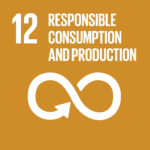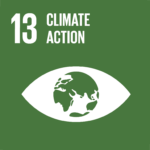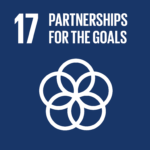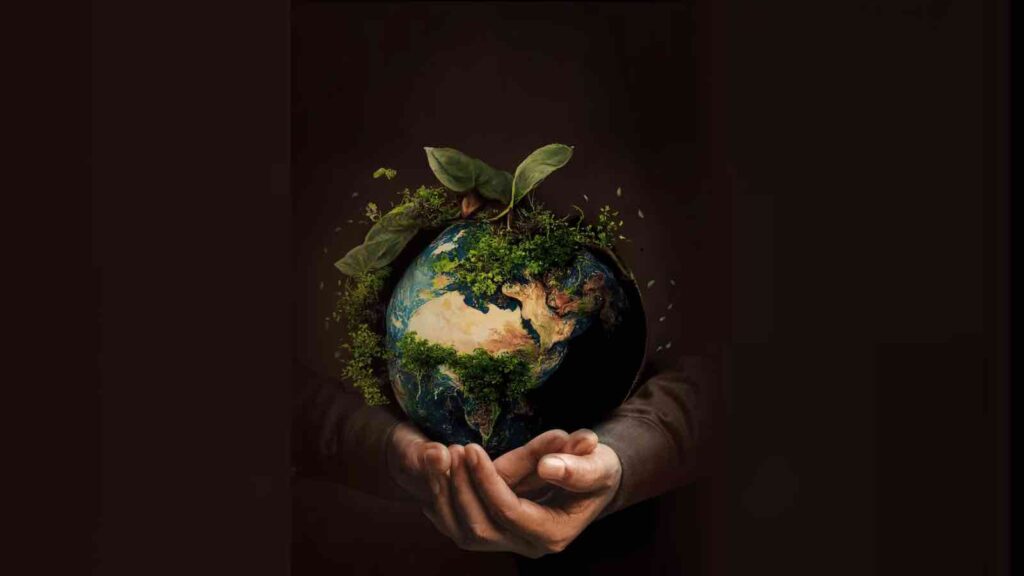New move signals a strategic shift toward sustainable ecosystem conservation, with carbon markets at the center of global climate cooperation.
Singapore is preparing to make its first purchase of nature-based carbon offsets in a decisive step toward achieving its 2030 climate target. This move, announced through a government request for proposals (RFP), marks a new chapter in the country’s climate strategy—shifting beyond domestic emission reduction to actively participating in global carbon markets.
RELEVANT SUSTAINABLE GOALS



The RFP, which closed in mid-February 2025, attracted 17 submissions and is currently under review. The selected projects are expected to deliver at least 500,000 carbon credits each. These credits—equivalent to removing or avoiding 500,000 tonnes of carbon dioxide—represent roughly 0.85% of Singapore’s 2022 greenhouse gas emissions. The government estimates that it will offset 2.51 million tonnes annually through such credits over this decade.
Why Nature-Based Credits Matter
Carbon credits can be generated from both technological and nature-based solutions. Nature-based offsets come from projects such as forest conservation, reforestation, or sustainable farming, and have dual benefits: they mitigate carbon emissions while preserving biodiversity. They are especially significant at a time when global ecosystems face mounting threats.
“Investing in nature-based projects now will help us understand the complexities associated with such projects,” said Melissa Low, a research fellow at the National University of Singapore’s Centre for Nature-based Climate Solutions. These complexities include risks like emissions reversals from wildfires or leakage, where deforestation simply shifts to a nearby area.
To address these risks, Singapore is embracing higher standards. The RFP will accept 13 nature-based methodologies, including three that adopt a “jurisdictional” approach—evaluating and rewarding conservation at the state or provincial level rather than at the site-specific level, which reduces the risk of deforestation shifting across boundaries.
High Bidders, High Stakes
Among the submissions, Temasek-backed GenZero offered 500,000 credits at $55 per tonne (totalling $27.5 million), drawn from projects in Ghana and Paraguay. Global commodities trader Trafigura made the highest bid—nearly $300 million—although details of their proposed credits remain undisclosed.
These prices reflect growing demand for high-quality offsets and underscore the value of robust monitoring and verification in carbon markets. A 2023 investigation by The Guardian had previously cast doubt on the validity of many rainforest carbon credits, prompting a global tightening of certification standards.
Singapore’s move signals not only confidence in these evolving frameworks but also a strategic effort to steer capital toward credible, impactful conservation.
Carbon Diplomacy: Building International Bridges
Under the Paris Agreement, countries can use international carbon credits to meet national targets, but only when traded with partner nations. So far, Singapore has signed three such implementation agreements with Ghana, Papua New Guinea, and Bhutan, with over 15 additional agreements currently in negotiation—including with Malaysia, Cambodia, and Colombia.
These pacts are crucial. They establish shared methodologies, dispute resolution processes, and guarantees of environmental integrity. Importantly, Singapore requires that project developers secure written confirmation from host governments expressing willingness to negotiate such agreements, ensuring the projects are grounded in bilateral cooperation.
Climate Goals, Economic Logic
Singapore’s focus on carbon credits is not a retreat from domestic climate action but an expansion of its strategic toolkit. By combining local decarbonization with global investments, the country aims to meet its legally binding 2030 target: reducing emissions to 60 million tonnes from an expected 62.51 million tonnes.
According to government spokespersons, the growing maturity of nature-based solutions, including agricultural land management and blue carbon methods, now allows for more credible inclusion in national strategies.
“Jurisdictional conservation projects have the potential to generate a larger amount of credits with higher environmental integrity,” said Rueban Manokara of WWF’s carbon finance task force. These initiatives not only help reduce emissions but also benefit local communities and enhance biodiversity.
Singapore’s investments are thus part of a broader vision—where carbon markets serve both economic and ecological goals. By buying high-quality credits, the country helps finance essential conservation efforts in developing nations, many of which lack sufficient resources to protect their own natural assets.
As the Ministry of Trade and Industry plans another call for proposals later this year, Singapore is poised to deepen its role in shaping global carbon finance. Its strategy reflects an evolving recognition: that carbon markets are not just a cost-effective way to cut emissions, but a lever to protect the planet’s remaining forests, restore degraded lands, and support communities on the front lines of climate change.
The world may be watching carbon credits more critically than ever—but if done right, Singapore’s nature-based approach could set a model for trust, transparency, and transformation.
You may also be interested in :
Singapore Launches Carbon Credit Alliance, Aiming To Become Asia’s Green Finance Hub




